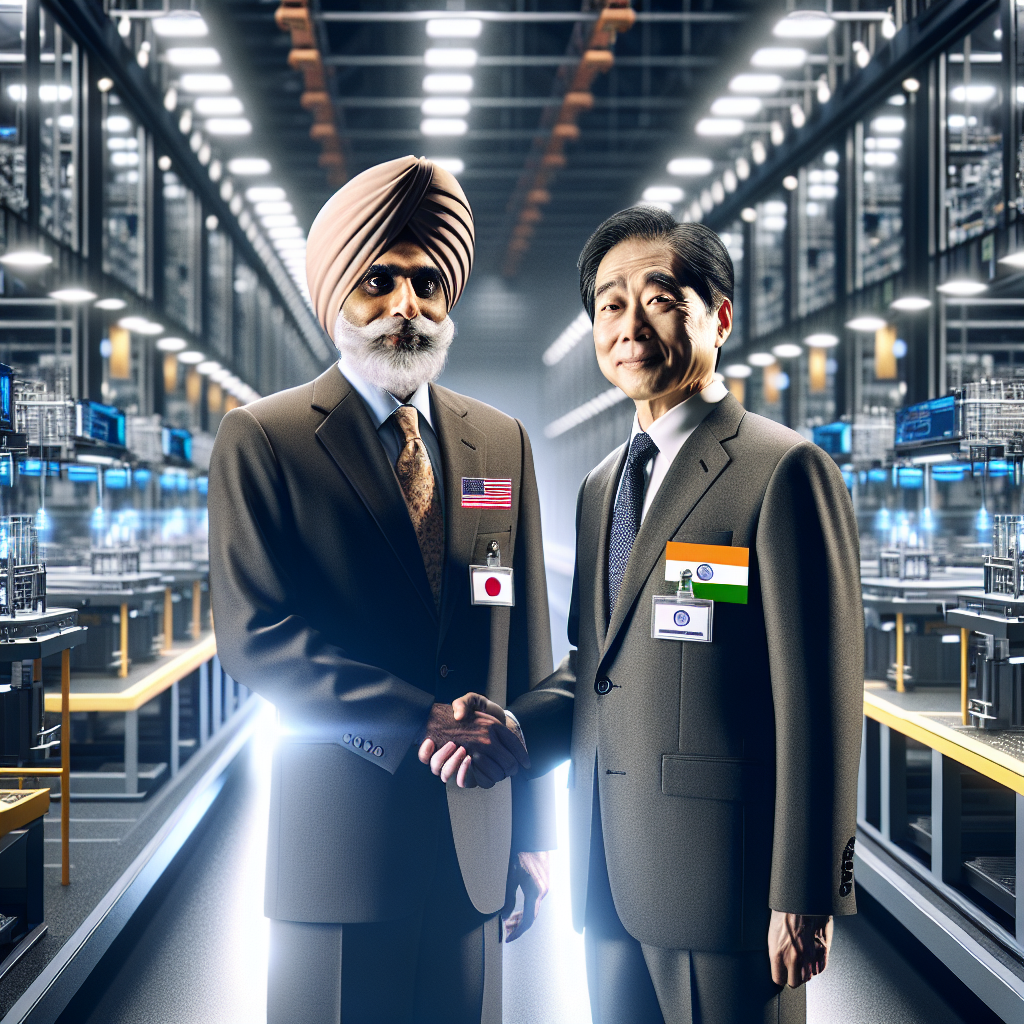Prime Minister Narendra Modi’s recent visit to Japan’s advanced semiconductor production facility in Miyagi, accompanied by Japanese Prime Minister Shigeru Ishiba, represents far more than a ceremonial tour. It underscores a deliberate and calculated effort by both nations to forge deeper connections in the realm of technology, manufacturing, and supply chain resilience at a time when global trade is being redefined. By entering the highly specialized environment of a state-of-the-art chipmaking plant, both leaders not only highlighted their countries’ shared commitment to breakthroughs in high technology but also sent a message of strategic intent to the wider world.
Semiconductors are often described as the backbone of contemporary innovation, forming the indispensable basis of everything from everyday consumer electronics to advanced medical devices and next‑generation defense systems. Consequently, Modi’s symbolic presence at this high‑precision facility carries with it a recognition of the role India and Japan can play jointly in shaping the contours of global technological progress. His tour with Ishiba illustrates how bilateral cooperation is moving beyond traditional diplomacy toward practical collaboration in industries that define global competitiveness. For example, India’s rapidly expanding consumer market and increasing capabilities in design and digital innovation provide a natural complement to Japan’s expertise in engineering precision, process innovation, and manufacturing excellence. Together, these strengths create avenues for sustained growth and for the establishment of supply chains resistant to geopolitical disruption.
The backdrop of this meeting is equally critical. With international trade increasingly complicated by tariffs, shifting alliances, and resource constraints, nations across the globe are recalibrating their industrial priorities. In this climate, India and Japan choosing to amplify their partnership in a strategically significant sector such as semiconductor fabrication demonstrates foresight as well as pragmatism. This partnership signals resilience, offering a framework in which both nations can hedge against external vulnerabilities while simultaneously unlocking new opportunities for innovation.
Moreover, the human dimension of such visits should not be underestimated. High‑level leaders walking the clean, meticulously regulated floors of sophisticated factories become a powerful visual representation of political will aligning with industrial ambition. The presence of both nations’ leaders side by side—amid machinery glinting with precision and wafers symbolizing the heart of digital progress—captures the aspiration of two democracies converging on a shared vision of technological sovereignty and mutual prosperity.
Ultimately, Modi’s visit to Miyagi embodies more than encouragement for a specific industry. It articulates a philosophy of collaboration where India and Japan commit to harnessing innovation as a collective strength, ensuring that their partnership is not only durable but also capable of adapting to the fluid challenges of the global order. In doing so, they position themselves not merely as participants but as proactive architects of a future defined by resilience, creativity, and enduring cooperation.
Sourse: https://www.bloomberg.com/news/articles/2025-08-30/indian-pm-modi-tours-chip-plant-with-japanese-counterpart-ishiba



